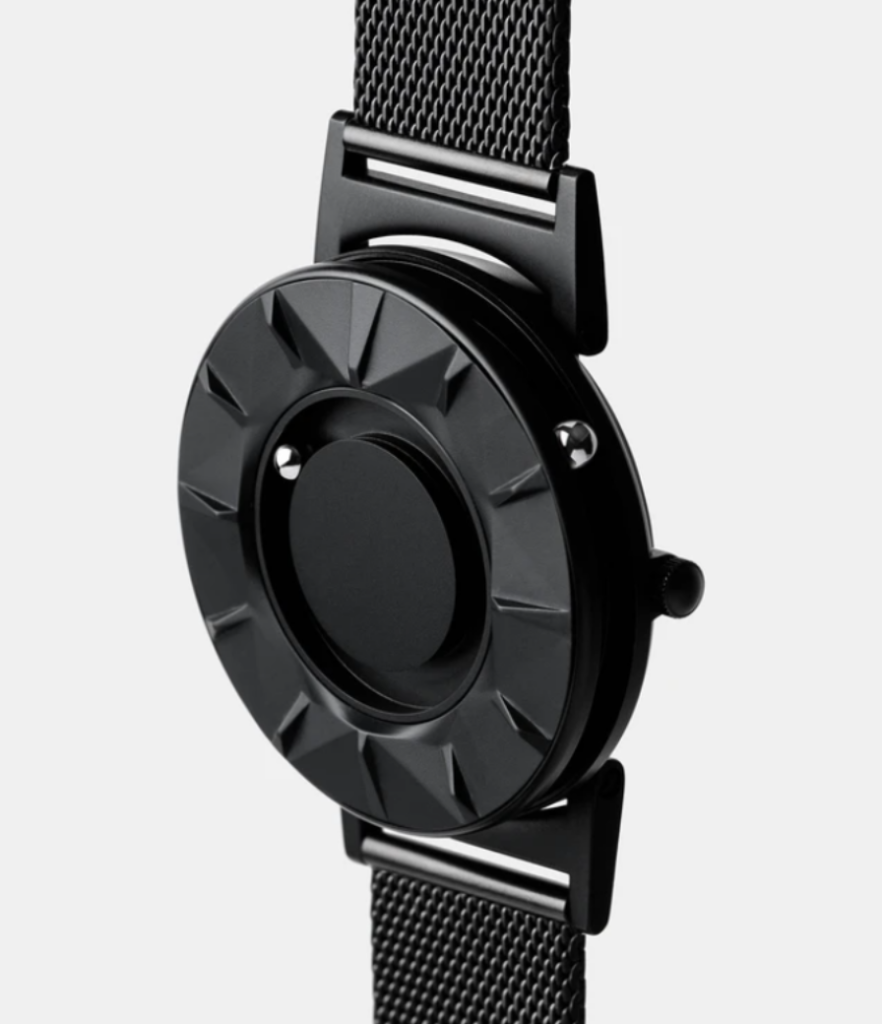“I think there’s a misconception that if you make something accessible, it won’t look good, but that’s totally not the case.” John Samuel, CEO, Ablr
Since Covid-19 has kept us homebound, I have found myself not wearing a watch anymore. There’s definitely a whole other blog we can devote to the changes in our fashion since working from home. But I think this is a great starting point and not to mention, educational!
Although I have been losing my vision for nearly two decades, accessibility wasn’t part of my daily vocabulary until the last couple of years when I helped launch Ablr, a digital equality practice that offers accessibility services so that people of all abilities can access websites and digital platforms.
In an effort to gain greater knowledge on the subject matter, I decided to take the International Association of Accessibility Professionals‘ Certified Professional in Accessibility Core Competencies exam. Preparing for the exam gave me a broader understanding and appreciation for accessibility beyond my ability to get information using a screen reader. One topic I was introduced to in my test prep, which I wasn’t aware of before, is Universal Design.
The seven Principles of Universal Design were developed in 1997 by a working group of architects, product designers, engineers and environmental design researchers, led by the late Ronald Mace, at my alma mater, North Carolina State University (Go Pack)! The purpose of the Principles is to guide the design of environments, products and communications.
The 7 Principles of Universal Design
- Equitable Use
- Flexibility in Use
- Simple and Intuitive Use
- Perceptible Information
- Tolerance for Error
- Low Physical Effort
- Size and Space for Approach and Use
One product I came across that illustrates each of these principles in one beautiful design is the Bradley Timepiece by Eone, whose mission is “Design for everyone.”

The Bradley is a tactile wristwatch that allows people to not only see what time it is but to feel what time it is. Take a look at the video of me demonstrating how I tell time.
Transcript of Video
John Samuel: (00:00)
All right. I’m looking at the Bradley Timepiece, which is a tactile watch. I’m going to use my fingers to feel what time it is. I’m going to use my index finger, which is going to tell me the hour and my thumb is going to tell me the minutes, which is in the inside and the outside ball-bearings can, based on what I can feel right now, it looks like it’s around 1102. And as a sighted person, you can see that. And this is a perfect example of universal design.
Do you have any examples of universal design that’s also accessible? Share with us in the comments.

